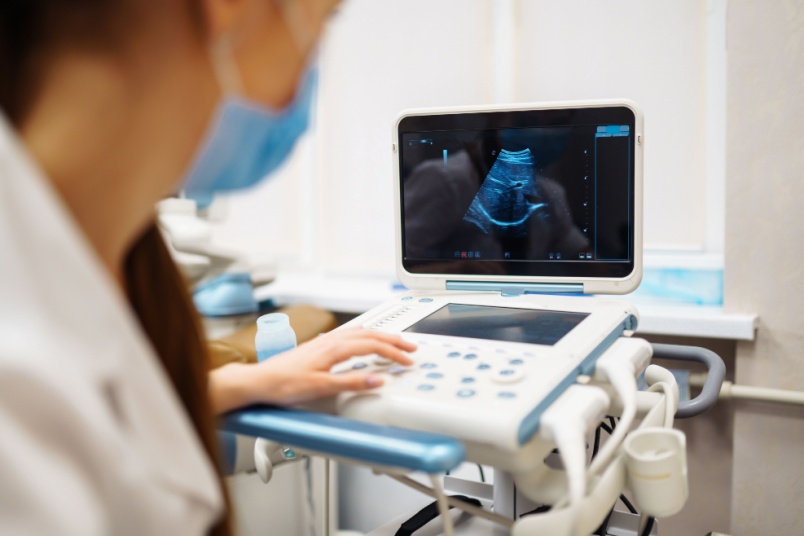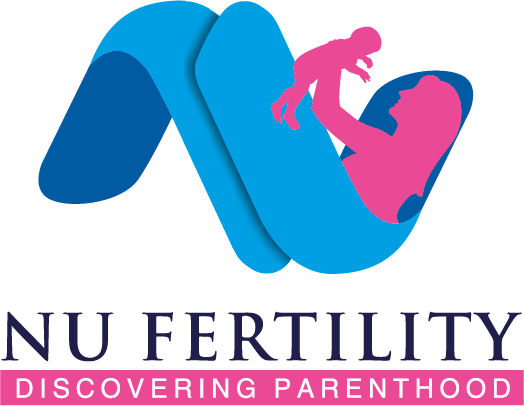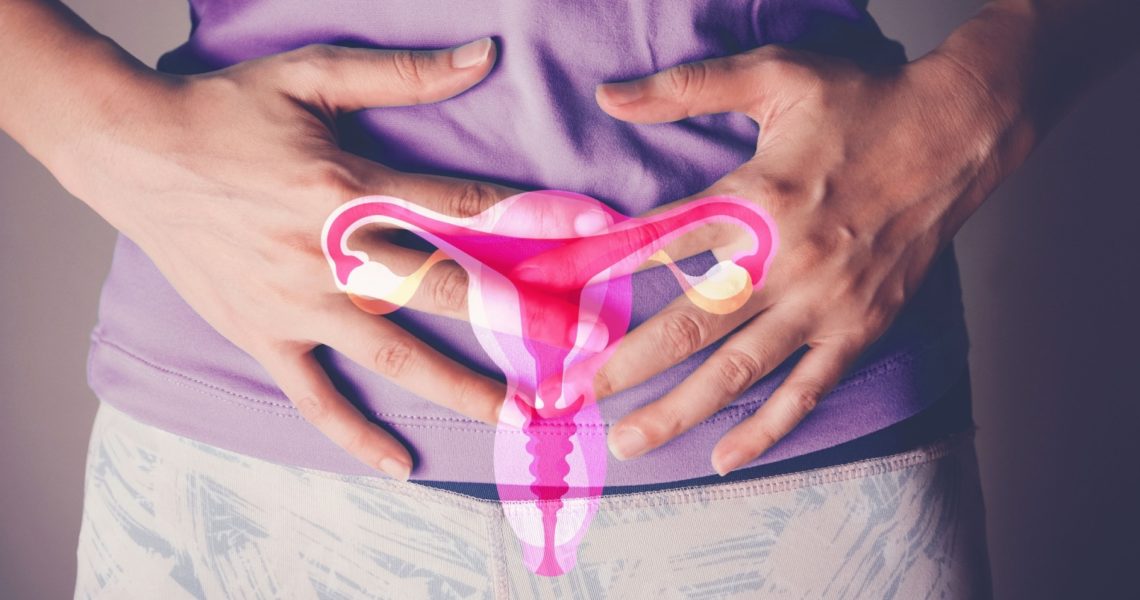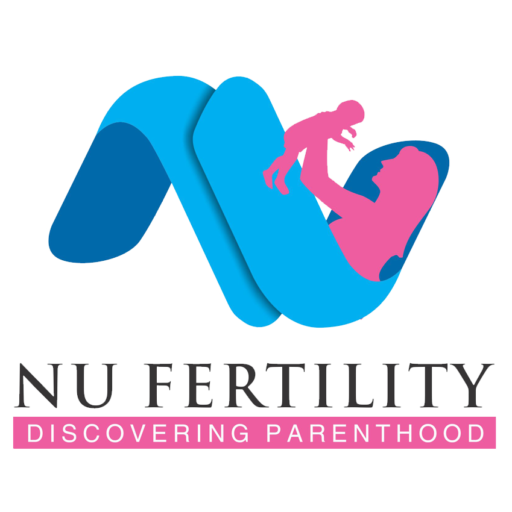Ovulation induction is a simple and minimally invasive medical procedure, used to stimulate the release of eggs from a woman’s ovaries.
Typically employed in fertility treatments, it involves the administration of hormonal medications to enhance follicular development and trigger ovulation. This process aims to increase the chances of successful conception by promoting the release of mature eggs. Monitoring through ultrasound and hormonal assessments helps healthcare professionals adjust the medication dosage for optimal results.
Ovulation induction is often utilized in assisted reproductive technologies such as in vitro fertilization (IVF) to improve the likelihood of pregnancy in individuals experiencing fertility challenges.
Who can use Ovulation Induction?
The following are some indications for ovulation induction:
- Women with anovulatory cycles : Anovulation is a condition where the ovaries do not release an egg regularly, leading to irregular or absent menstrual cycles. Ovulation induction helps stimulate the ovaries to release eggs, improving the chances of conception.
- Luteal phase defect: After ovulation, the luteal phase is the second half of the menstrual cycle. A luteal phase defect occurs when this phase is too short, potentially leading to difficulties in implantation and maintaining a pregnancy.
- Unexplained infertility: In cases where the cause of infertility cannot be identified through routine diagnostic tests, ovulation induction may be considered as treatment.
- Polycystic Ovarian Syndrome (PCOS): PCOS is a common hormonal disorder among women of reproductive age, often leading to irregular ovulation or anovulation. Ovulation induction is commonly used in PCOS patients to regulate ovulation and increase the likelihood of pregnancy.
Which conditions could affect the Ovulation Induction process?
It is important to note certain medical conditions women face concerning their reproductive system could not be favourable for ovulation induction. Following are the 8 conditions in women that can complicate the process of ovulation induction:
i) Ovarian cysts: If a woman has large ovarian cysts, ovulation induction may be contraindicated. The presence of cysts can complicate the response to ovulation-inducing medications.
ii) Severe endometriosis: Endometriosis is a condition where tissue similar to the lining of the uterus grows outside the uterus. In cases of severe endometriosis, ovulation induction may not be the best option.
iii) Blocked fallopian tubes: If the fallopian tubes are completely blocked, ovulation induction may not lead to pregnancy as the eggs may not be able to travel to the uterus for fertilization.
iv) Unexplained infertility: In some cases, when the cause of infertility is unclear, ovulation induction may not be the first-line treatment.
v) History of Ovarian Hyperstimulation Syndrome (OHSS): Women who have experienced severe OHSS in the past may be advised not to opt for ovulation induction due to the risk of recurrence.
vi) Uterine abnormalities: Structural abnormalities of the uterus may impact the success of ovulation induction.
vii) Hormone-dependent cancers: Conditions such as breast or ovarian cancer that are hormone-dependent may be a contraindication for ovulation induction due to the use of hormonal medications.
viii) Uncontrolled thyroid disorders or other endocrine disorders: Poorly controlled thyroid disorders or other hormonal imbalances may affect the response to ovulation-inducing drugs.
Benefits of Ovulation Induction
The following are some of the potential benefits of ovulation induction:
- Increased chances of conception: Ovulation induction aims to stimulate the ovaries to produce more eggs, increasing the likelihood of successful fertilization. This can be especially helpful for couples struggling with infertility due to irregular or absent ovulation.
- Controlled and monitored cycle: Ovulation induction allows healthcare providers to closely monitor the woman’s menstrual cycle, making it easier to predict and time ovulation accurately. This precision enhances the chances of successful conception, as it allows optimal timing of intercourse or other assisted reproductive techniques.
- Treatment for ovulatory disorders: Ovulation induction is often used to address conditions such as PCOS or anovulation, where the ovaries do not release eggs regularly.
- Customizable treatment: Ovulation induction can be tailored to the individual’s needs. The dosage and duration of medications can be adjusted based on the woman’s response, allowing a personalized and optimized treatment plan.
- Minimally invasive: Ovulation induction is a relatively non-invasive procedure compared to more complex fertility treatments such as in vitro fertilization (IVF). It involves the administration of medications (often oral or injectable fertility drugs) to stimulate the ovaries, without the need for surgery.
- Cost-effective: In comparison to some other fertility treatments, ovulation induction tends to be more cost-effective. This makes it a more accessible option for couples seeking fertility assistance.
- Natural conception: Ovulation induction increases the chances of natural conception, allowing couples to conceive without the need for more advanced assisted reproductive technologies.
Ovulation Induction Process
Following is the step-by-step ovulation induction process:

- Initial evaluation: Before starting ovulation induction, a thorough evaluation of the patient’s medical history, menstrual cycle, hormone levels, and any underlying fertility issues is conducted.
- Baseline hormone assessment: Blood tests are often performed on specific days of the menstrual cycle to measure hormone levels, such as follicle-stimulating hormone (FSH), luteinizing hormone (LH), estradiol, and anti-Mullerian hormone (AMH).
- Ovarian reserve testing: Ovarian reserve is assessed to determine the quantity and quality of a woman’s remaining eggs. This is often done through antral follicle count (AFC) using ultrasound and/or AMH levels.
- Ovulation monitoring: Ovulation is monitored closely through hormonal assays and ultrasound scans to track the growth of ovarian follicles, which are fluid-filled sacs that contain eggs. Monitoring helps determine the optimal time for triggering ovulation.
- Ovulation induction medications: Fertility medications, such as clomiphene citrate, letrozole or gonadotropins (follicle-stimulating hormone and luteinizing hormone), are prescribed to stimulate the ovaries and promote the development of multiple follicles.
- Ultrasound monitoring: Regular transvaginal ultrasound scans are performed to visualize the ovaries and measure the size and number of developing follicles. This helps adjust medication dosages and determine the timing of ovulation.
- Triggering ovulation: When the follicles reach an optimal size, an injection of human chorionic gonadotropin (hCG) is administered to trigger the final maturation and release of eggs from the follicles.
- Timed intercourse or ART: Depending on the underlying fertility issues, the couple may be advised to have timed intercourse or undergo procedures like intrauterine insemination (IUI) or IVF to increase the chances of successful conception.
- Luteal phase support: After ovulation, hormonal support may be provided in the form of progesterone to prepare the uterine lining for embryo implantation.
- Monitoring and pregnancy testing: The patient is monitored for signs of pregnancy, and a blood test or home pregnancy test is performed if there is a suspicion of pregnancy.
Side Effects of Ovulation Induction
Following are some common side effects of ovulation induction:
- Abdominal discomfort: Some women may experience bloating or discomfort in the pelvic region due to enlarged ovaries.
- Hot flashes: Ovulation induction medications, particularly those containing gonadotropins, may cause hot flashes, similar to menopausal symptoms.
- Mood swings: Hormonal changes during ovulation induction can affect mood, leading to irritability or mood swings.
- Breast tenderness: Increased levels of estrogen can cause breast tenderness or swelling.
- Nausea or vomiting: Some women may experience nausea or vomiting as a side effect of the medications.
- Headaches: Hormonal changes may trigger headaches in some individuals.
- Fatigue: Some women may feel more tired than usual during the treatment.
- Injection site reactions: If injectable medications are used, there may be local reactions at the injection site, such as redness, swelling, or pain.
- Multiple pregnancies: Ovulation induction increases the risk of multiple pregnancies, such as twins or triplets. Multiple pregnancies carry a higher risk of complications for both the mother and the babies.
- Ovarian hyperstimulation syndrome (OHSS): This is a rare complication where the ovaries become swollen and painful. In severe cases, it can lead to fluid accumulation in the abdomen and chest, causing difficulty in breathing and also, dehydration. It can be prevented by adequate monitoring while stimulating the ovaries.
To summarize, ovulation induction, a fertility treatment method, involves stimulating the ovaries to release eggs. It is a valuable option for couples facing infertility. By enhancing egg production, it increases the chances of conception. However, careful monitoring is important to avoid complications. Overall, ovulation induction offers hope for those struggling to conceive but requires expert medical supervision for optimal results and safety.
NU Fertility, Bangalore, India, offers cutting-edge ovulation induction treatments, combining advanced medical expertise with personalized care. The team of fertility specialists utilizes state-of-the-art technologies to optimize the ovulation process, increasing the chances of conception. With a patient-centric approach, NU Fertility strives to empower individuals on their fertility journey, providing compassionate support and effective solutions for achieving successful outcomes.
References:
- Ovulation Induction. National Library of Medicine. https://www.ncbi.nlm.nih.gov/books/NBK574564/.
- Ovulation Induction. Fertility Centre. https://fertility.womenandinfants.org/treatment/ovulation-induction.
- Ovulation Induction. Lancaster General Health. https://www.lancastergeneralhealth.org/services-and-treatments/fertility/infertility-treatments/ovulation-induction.
Author: Dr. Sneha J



